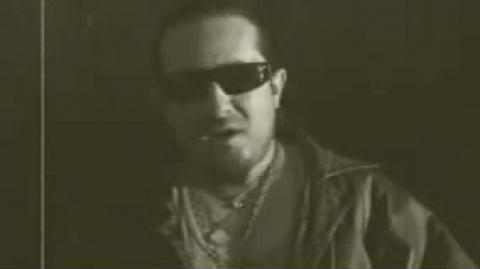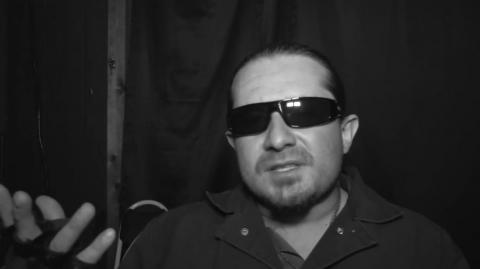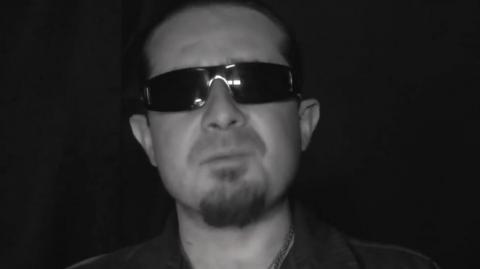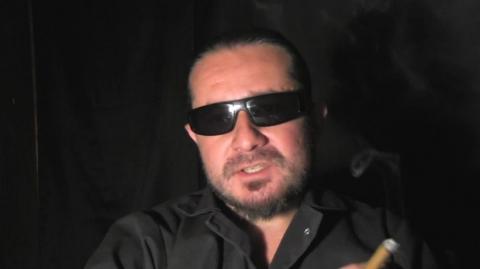On Exorcism Part 2: How Possession is Detected - MGTOW
This is part 2 of my 3 three part series on possession. In this videos we explore on how possession is detected as well as the role of the exorcist.
Patreon
https://www.patreon.com/ground....work_for_the_metaphy
Paypal
https://www.paypal.com/cgi-bin..../webscr?cmd=_s-xclic
Script
http://www.gftmom.com/portfoli....o-item/on-exorcism-p
Hey Everybody, Marcus here.
This is part 2 of my 3-part series on exorcism and demonic possession. In the first part, we explored how possession occur. In this video, we will come to see how Father Martin describes the process by which possession is detected in cases which are reported to the Church. In addition to this, we will also describe the exorcist and his role in the whole affair.
The exorcist is the centerpiece of every exorcism. On him depends everything. He has nothing personal to gain. But in each exorcism, he risks literally everything that he values. Every exorcist must engage in a one-to-one confrontation, personal and bitter, with pure evil. Once engaged, the exorcism cannot be called off. There will and must always be a victor and a vanquished. And no matter what the outcome, the contact is in part fatal for the exorcist. He must consent to a dreadful and irreparable pillage of his deepest self. Something dies in him. Some part of his humanness will wither from such close contact with the opposite of all humanness-the essence of evil; and it is rarely if ever revitalized. No return will be made to him for his loss.
This is the minimum price an exorcist pays. If he loses in the fight with the Evil Spirit, he has an added penalty. He may or may not ever again perform the rite of Exorcism, but he must finally confront and vanquish the evil spirit that repulsed him.
The investigation that may lead to exorcism usually begins because a man or woman-occasionally a child-is brought to the notice of Church authorities by family or friends. Only rarely does a possessed person come forward spontaneously.
The stories that are told on these occasions are dramatic and painful: strange physical ailments in the possessed; marked mental derangement; obvious repugnance to all signs, symbols, mention, and sight of religious objects, places, people, ceremonies.
Often, the family or friends report, the presence of the person in question is marked by so-called psychical phenomena: objects fly around the room; wallpaper peels off the walls; furniture cracks; crockery breaks; there are strange rumblings, hisses, and other noises with no apparent source. Often the temperature in the room where the possessed happens to be will drop dramatically. Even more often an acrid and distinctive stench accompanies the person.
Violent physical transformations seem sometimes to make the lives of the possessed a kind of hell on earth. Their normal processes of secretion and elimination are saturated with inexplicable wracking’s and exaggeration. Their consciousness seems completely colored by the violent sepia of revulsion. Reflexes sometimes become sporadic or abnormal, sometimes disappear for a time. Breathing can cease for extended periods. Heartbeats are hard to detect. The face is strangely distorted, sometimes also abnormally tight and smooth without the slightest line or furrow.
When such a case is brought to their attention, the first and central problem that must always be addressed by the Church authorities is: Is the person really possessed?
Henri Gesland, a French priest and exorcist who works today in Paris, stated in 1974 that, out of 3,000 consultations since 1968, "there have been only four cases of what I believe to be demonic possession."
T. K. Osterreich, on the other hand, states that "possession has been an extremely common phenomenon, cases of which abound in the history of religion." The truth is that official or scholarly census of possession cases has never been made.
0



 Sandman
Sandman
 RedKnight
RedKnight

 Top Dollar Black Pill Gangster
Top Dollar Black Pill Gangster

 profhugodegaris
profhugodegaris









 AgentofSocialMediaChaos
AgentofSocialMediaChaos






Log in to comment